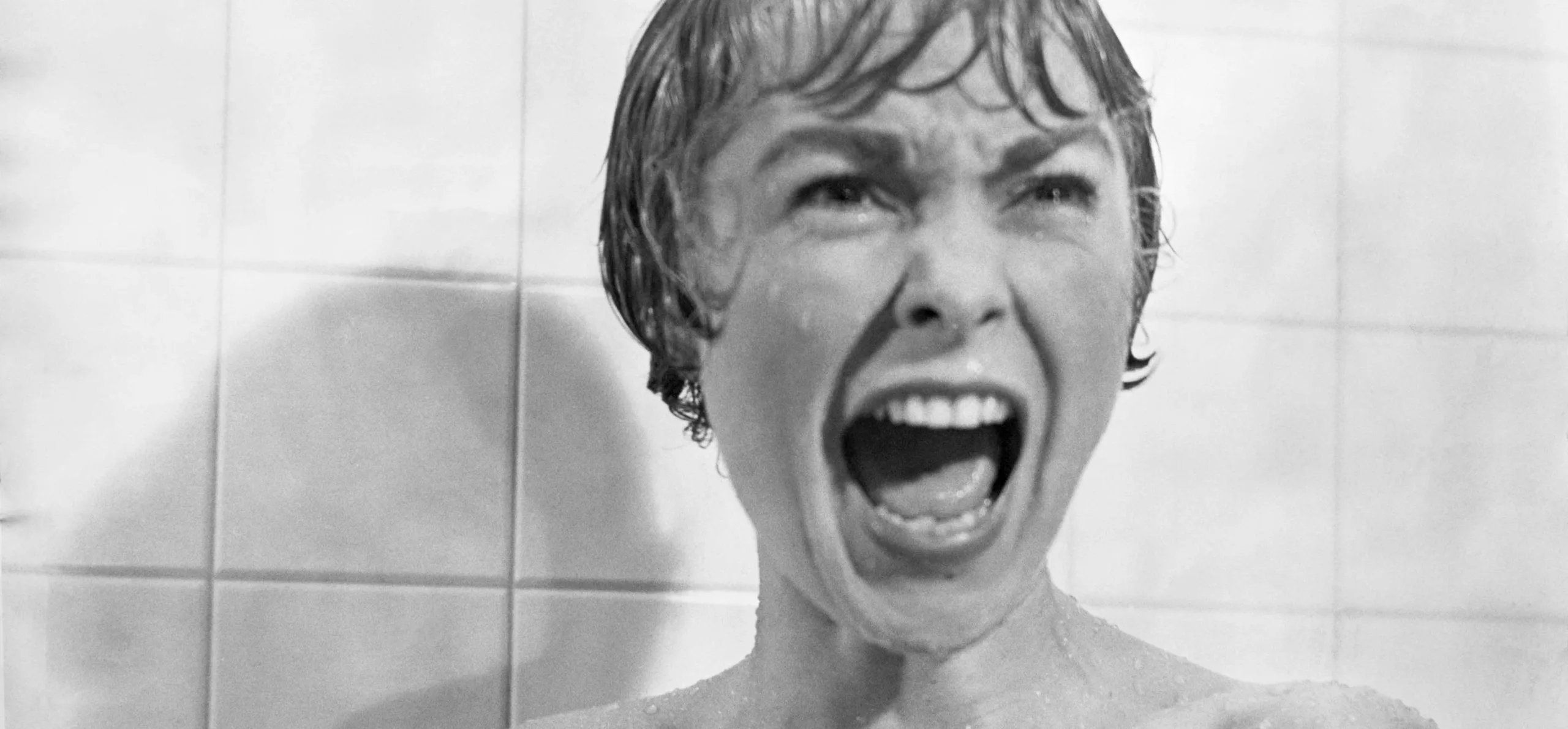Films are primarily understood as a visual medium, embodying peoples’ desires, perspectives, and fears in the truest sense of the world. But the pulse of every film is measured by its score. A film like Alfred Hitchcock’s Rope may wield its score sparingly, crafting a harsh and imposing soundscape, where the slightest noise is startlingly amplified, while Terence Malick’s A New World crafts a soaring, orchestration that sweeps over the open landscape.

It is a genre thus far unexplored on Musta, narrower in the demographic it draws and less celebrated culturally. Yet it is undergoing a thrilling regeneration worth of critical analysis. Experimental film scores have been long-standing, using unsettling sounds as an extension of the director’s unique vision. Bernard Herrmann's jagged strings which soundtrack Marion’s brutal murder in Psycho, are now staples of cinema canon. Initially though they drew attention for upending peoples’ expectation of what they thought film could sound like, and all of it can be traced back to Hitchcock’s strange, haunted vision.

One of the best recent examples is Mica Levi’s score for Janicza Bravo’s reflexive comedy Zola. A light, twinkling score that employs scales to elevate the chime of an alarm or ringtone, the music playing in the background mimics the film’s ability to deftly toy with internet culture. The film takes the bizarre internal logic of social media seriously, and Levi’s score and largely made up of the harp and other strings, takes this to its natural conclusion.
Even more traditional composers are experimenting with scores. Hans Zimmer known for his collaborations with Christopher Nolan and his steadily building blockbuster scores, released his score for Steve McQueen’s Widows. An unnerving steady beat thrums beneath the surface of McQueen’s heist film, a terrifying subversion of his traditional reputation.
Disasterpeace, or Richard Vreeland, started his career as a composer of video game scores, wielding an electronic synthesizer to construct pieces of music that dip and swell in exciting patterns. He used the programmable sound generator synthesizer again to write the score for Halina Reijn’s Bodies Bodies Bodies, a perfect compliment for the starkly modern take on entitled Gen Zers, a poisonous beat that infects the film, threating these 20-somethings.
Those who hope to compose a film score could stand to invest in the music that is redefining this genre, listening to the artists who are pushing the boundaries of what filmgoers are used to hearing in the cinema. However there is a wider applicability: if you are interested in filmmaking have you considered what you want your future film to sound like? How will that communicate your vision?
Furthermore, regardless of your artistic pursuits it is exciting to chart the shape of these composer’s careers, reckoning with the jagged shape of these people’s ground-breaking ideas. Consider how you can implement a similar kind of creative confidence. Approach every new project with a flexibility and creativity, a willingness to let go of the aspects of your industry that feel unsuccessful and shape your art around the things that remain important.